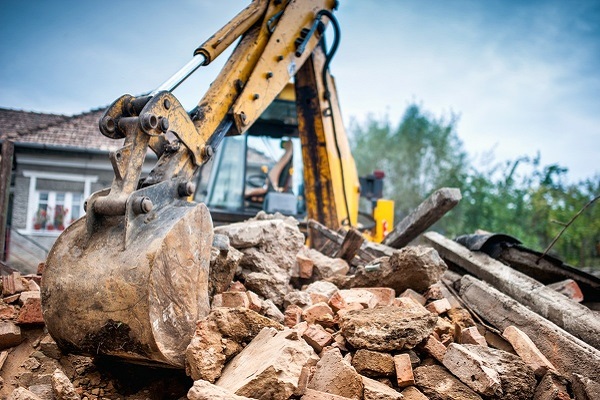In the realm of construction, towering structures such as skyscrapers, transmission towers, and wind turbines require robust foundations to withstand the forces of gravity, wind, and other environmental factors. At the heart of these towering edifices lie specialized footings and foundations designed to provide stability and support. Let’s delve into the intricacies of tower footing and foundation systems, essential elements that anchor these remarkable structures to the earth below.

The Importance of Tower Footing and Foundation
Tower footing and foundation systems serve as the critical interface between the towering structure above and the ground beneath. They must bear immense loads, distribute weight effectively, and resist lateral forces to ensure the stability and safety of the entire structure. Whether it’s a high-rise building in a bustling city or a transmission tower in a remote location, the integrity of the footing and foundation is paramount.
Types of Tower Footing and Foundation Systems
Several types of footing and foundation systems are employed in the construction of tall structures, each tailored to the specific requirements of the project:
- Mat Foundations: Mat foundations, also known as raft foundations, are large, reinforced concrete slabs that spread the entire weight of the structure over a wide area. They are commonly used for high-rise buildings and transmission towers, providing stability and mitigating settlement in areas with soft or variable soil conditions.
- Pile Foundations: Pile foundations consist of deep, vertical columns (piles) driven into the ground to support the structure above. They are often used in locations with unstable soil or high water tables, providing both vertical support and resistance against lateral forces such as wind or seismic activity.
- Caisson Foundations: Caisson foundations, also called drilled shafts or piers, are deep, cylindrical structures drilled into the ground and filled with concrete or reinforced with steel. They are suitable for projects requiring deep foundations or in areas with challenging soil conditions.
Design and Construction Considerations
Designing and constructing tower footing and foundation systems require careful consideration of factors such as soil characteristics, structural loads, environmental conditions, and local building codes and regulations. Engineers conduct comprehensive site investigations, soil testing, and structural analyses to ensure that the chosen foundation system can withstand the anticipated loads and environmental stresses.
Conclusion
In conclusion, tower footing and foundation systems are the bedrock upon which towering structures rise to the sky. Whether it’s a skyscraper dominating the urban skyline or a transmission tower standing tall against the horizon, the stability and safety of these structures depend on the strength and integrity of their footing and foundation systems. By employing sound engineering principles, innovative construction techniques, and rigorous quality control measures, builders can ensure that these remarkable feats of engineering stand strong and secure for generations to come.
